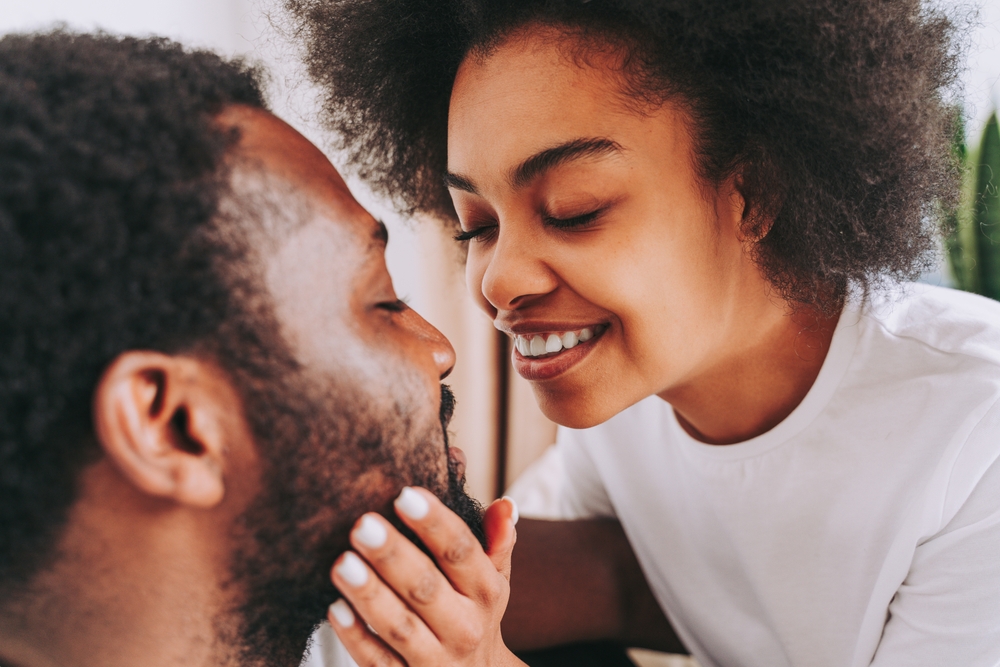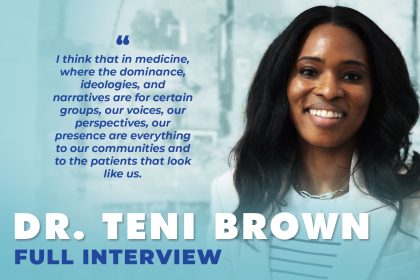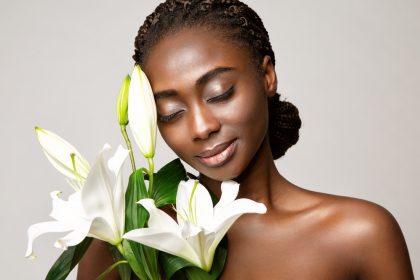That tingling sensation isn’t just about potential bedroom adventures—it might be the secret ingredient behind your next creative breakthrough. Throughout history, artists, writers, and innovators have intuitively understood what science is now beginning to confirm: sexual energy and creative power are intimately connected, sharing biological pathways and psychological states that can transform one form of expression into another.
The energy transfer effect
Sexual energy, at its core, represents one of the most potent driving forces in human experience. When channeled beyond its obvious reproductive purpose, this energy becomes a powerful creative fuel. This isn’t just poetic metaphor—both creative and sexual impulses spring from similar neurobiological systems involving dopamine, the brain’s reward and pleasure neurotransmitter.
The connection explains why periods of heightened sexual awareness often coincide with creative bursts. Many creators report experiencing their most productive and innovative phases during times of new romantic connections, sexual awakening, or even sexual frustration. The energy present in the system finds expression one way or another.
This energy transfer works because sexual and creative impulses share core elements: they both involve bringing something new into existence, they both require vulnerability and emotional openness, and they both produce a similar neurochemical cocktail in the brain. When sexual energy isn’t expressed directly, it often seeks alternative outlets through creative channels.
The dopamine drive
Both sexual arousal and creative flow states trigger significant dopamine release in the brain. This neurochemical creates the motivation, excitement, and pleasure that drive both experiences. The dopamine system essentially doesn’t care whether you’re pursuing sexual connection or creative expression—it rewards both with similar feelings of anticipation and satisfaction.
This shared neurochemical pathway explains why sexual frustration can sometimes fuel extraordinary creative output. When sexual energy builds without direct release, the elevated dopamine seeking satisfaction can be redirected toward creative pursuits, lending them unusual intensity and focus. Many historical creative geniuses were known for either extremely active or extremely restricted sexual lives—rarely anything in between.
The dopamine connection also explains why both sex and creativity can become genuinely addictive. The brain’s reward system responds similarly to both activities, creating the potential for either healthy passion or problematic compulsion depending on how these energies are managed and expressed.
The vulnerability overlap
Great sex and great creativity share another crucial feature: they both require genuine vulnerability. Sexual openness demands dropping defenses and masks, revealing authentic responses and desires. Similarly, meaningful creative work requires emotional honesty and willingness to expose your inner world to potential criticism.
This vulnerability connection means that barriers in one area often reflect in the other. People struggling with creative blocks frequently report corresponding sexual inhibitions. Conversely, those experiencing sexual awakening or newfound comfort with their sexuality often discover unexpected creative flourishing alongside their bedroom renaissance.
Understanding this overlap explains why creative breakthroughs sometimes follow periods of emotional risk-taking in relationships or sexual exploration. Both experiences require dismantling the walls of self-protection that block authentic expression, creating greater access to raw creative material from the subconscious mind.
The transcendence trigger
Both profound sexual experiences and deep creative states can trigger transcendent feelings—moments where ordinary consciousness expands into something larger. This similarity isn’t coincidental but reflects how both experiences activate similar brain regions associated with reduced self-consciousness and expanded awareness.
During both sexual climax and creative flow states, the brain’s default mode network—responsible for self-reflection and rumination—temporarily quiets. This silencing of the inner critic creates the characteristic feeling of being “out of your head” and fully present that marks both great sex and great creative work.
This transcendence connection explains why creative people often describe their best work as coming through them rather than from them—a feeling that parallels descriptions of ecstatic sexual experiences where personal boundaries temporarily dissolve. Both states access parts of human experience beyond ordinary rational thought.
The tension-release dynamic
Creative and sexual processes both operate on cycles of tension and release. Sexual experience builds tension toward climax and resolution, while creative work builds narrative or conceptual tension toward resolution. This shared dynamic creates a profound rhythmic similarity between these seemingly different experiences.
Many creative people intuitively understand this connection, deliberately using sexual tension to fuel artistic output. Some historical artists practiced forms of sexual restraint specifically to build creative energy, while others found that active sexual expression freed their creative flow. Both approaches recognize that sexual energy and creative force operate as connected vessels.
This tension-release pattern explains why creative work can sometimes satisfy in ways similar to sexual fulfillment. The process of building and resolving tension in a story, musical composition, or visual artwork triggers some of the same satisfaction pathways as sexual resolution, creating a sense of completeness and relief.
The symbolic expression
Freudian psychology famously proposed that creative work often represents sublimated sexual energy—desire transformed into culturally valued expression. While modern psychology has moved beyond such simplistic explanations, substantial evidence suggests that sexual imagery, themes, and energy frequently find symbolic expression in creative output.
This symbolic connection appears across artistic traditions worldwide. From ancient fertility symbols to Renaissance art to contemporary film, sexuality permeates creative expression even when not explicitly depicted. The creative mind naturally draws on this powerful life force energy, transforming and encoding it into symbolic forms.
Understanding this symbolic relationship helps explain why creative breakthroughs often involve accessing and integrating shadow aspects of sexuality. When creators become comfortable with their full sexual nature, including elements society might label taboo or inappropriate, they gain access to deeper symbolic material that can elevate their work beyond the conventional.
The generative parallel
Both sexuality and creativity fundamentally involve generative processes—bringing something new into existence. This parallel goes beyond metaphor to reflect similar psychological states of openness, receptivity, and willingness to nurture embryonic ideas or life.
This generative connection explains why societies and eras that impose rigid sexual restrictions often simultaneously stifle creative expression. Both energies represent forces of newness and unpredictability that can threaten established power structures and conventional thinking. Controlling sexuality often goes hand-in-hand with controlling creative expression.
Recognizing this parallel offers insight into why creative blocks sometimes arise during periods of sexual repression or confusion, and why sexual liberation movements historically coincide with creative renaissance periods. The generative impulse finds expression one way or another—or becomes trapped when both channels are restricted.
The biorhythm sync
For many people, sexual energy fluctuates according to natural biorhythms, hormonal cycles, and life circumstances. Creative energy often follows similar patterns, suggesting these energies share underlying biological foundations rather than being merely conceptually related.
Women often report creativity fluctuating with hormonal cycles, with different phases supporting different types of creative work. Men typically experience less dramatic cyclical patterns but still notice connections between sexual energy and creative capacity across different life periods and circumstances.
Understanding these natural rhythms offers practical benefits for creative scheduling. Many creators intuitively plan different types of creative work for different energy phases, using sexually charged periods for generative, expansive work while utilizing lower-energy periods for editing, refining, and structural tasks.
The practical application
For those seeking to enhance creativity, conscious engagement with sexual energy offers a powerful but often overlooked tool. This doesn’t necessarily mean increasing sexual activity—rather, it involves becoming aware of sexual energy as a resource that can be channeled in multiple directions.
Some practical approaches include using physical movement to circulate stagnant sexual energy throughout the body, particularly when feeling creatively blocked. Others find that acknowledging and accepting sexual thoughts rather than repressing them frees mental energy for creative applications. Still others discover that periods of sexual restraint build creative pressure that fuels exceptional work.
The key insight isn’t that one approach works universally, but that sexual and creative energies exist in relationship. Becoming conscious of this connection allows for intentional management of these powerful forces rather than having them operate only at subconscious levels.
The integration invitation
Perhaps the most empowering perspective sees creativity and sexuality not as competing forces that steal energy from each other, but as complementary expressions of the same fundamental life energy. This integrated view suggests that a healthy, conscious relationship with both sexuality and creativity creates positive feedback loops where each enhances the other.
Many creators report that periods of fulfilling creative work positively impact their sexual expression, just as satisfying sexual experiences can unlock creative blocks. Rather than existing in opposition, these energies can nourish and amplify each other when approached with awareness and intention.
This integrated understanding helps explain why some of history’s most prolific creators maintained lifelong fascination with and exploration of their sexuality. Far from being unrelated areas of life, sexual and creative expression represent different faces of the same core human drive to connect, create, and bring new possibilities into being.
















